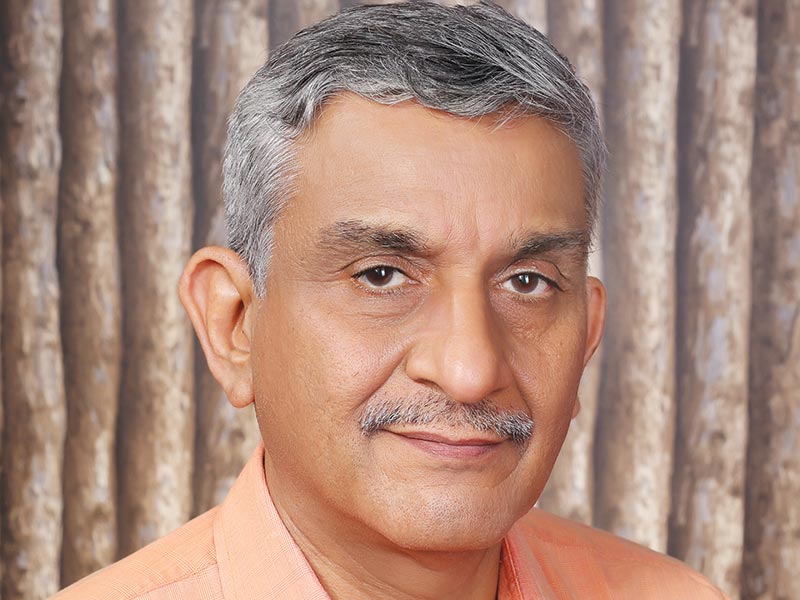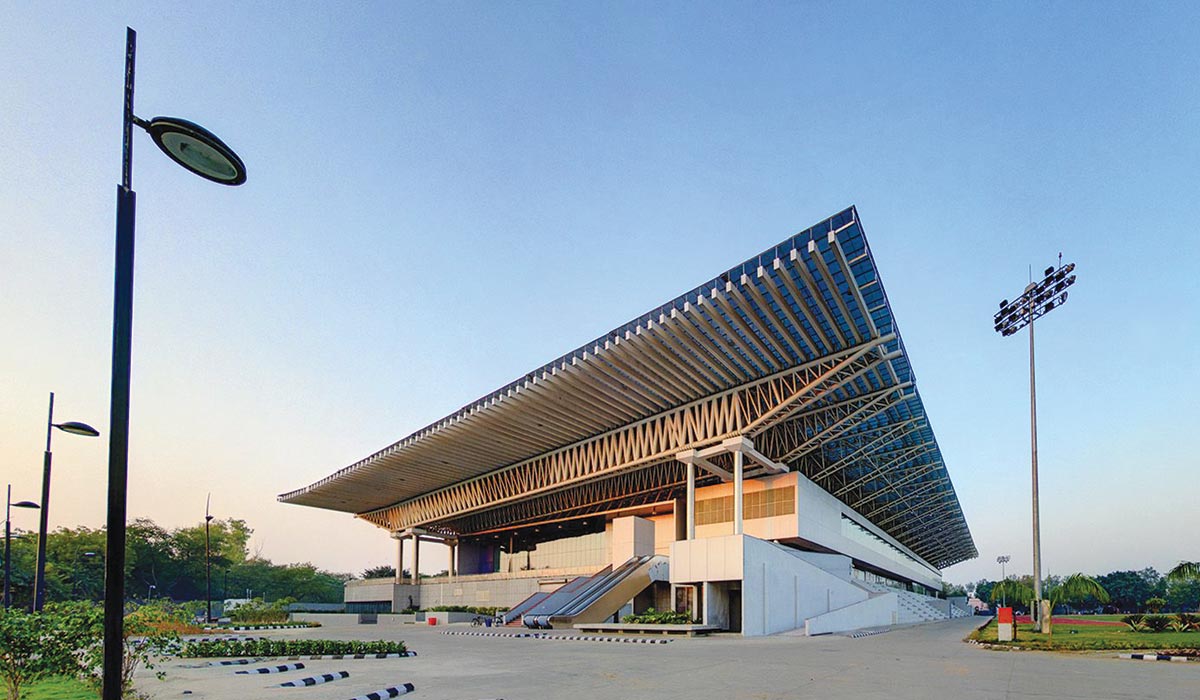
A Green Building becomes sustainable only when it goes beyond the built form, transcending to touch the social and economic aspects of the place. Architecture which helps the society in any way is again a step towards sustainability. But to achieve a complete sustainable building, a lot needs to be done. Acceptance of a number of wrongly pre-conceived thoughts need to change. More research-based approaches need to be taken. And most importantly, letting go of greed and developing an aptitude of thinking about others.
 Thyagaraj Stadium, New Delhi
Thyagaraj Stadium, New DelhiI admire...
The Govardhan Eco Village is a farm community spread over 70 acres, 110 km north of Mumbai. It demonstrates practical ways of achieving a sustainable lifestyle, and aims to provide a sustainable solution to the ecological crises being faced throughout the world. It endeavors to impart a socially, physically, mentally, emotionally, and spiritually joyful experience to the residents. The green building scheme revolves around 5 elements: Natural Buildings, Sewage Treatment, Organic Farming, Alternative Energy (solar energy and biogass), and Education for sustainable behaviour. It considers existing ecologies, ensuring that the constructional choices do not impact the surrounding site negatively.
A Green Building becomes sustainable only when it goes beyond the built form, transcending to touch the social and economic aspects of the place
At least 90% of the materials have been sourced from within a 100 km radius, coupled with zoned construction, hinder unsustainable behaviour. There is also a waste management system, linked with biogas generation on site, and water harvesting. Organic farming is the sole source of food, making this project self-sufficient in terms of food. Everything from choices made during construction to the way occupants eat and sources of food are governed by local resources. This project is a living example of coming close to true sustainability and busting the myth of Green Buildings being high-tech/expensive.















